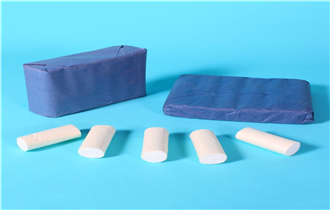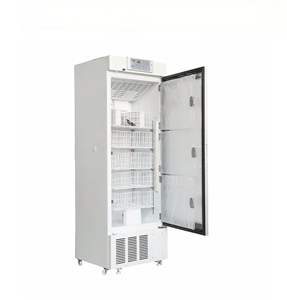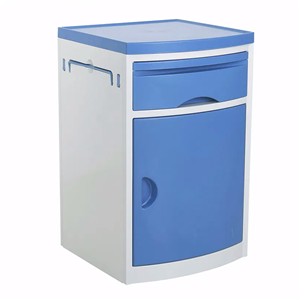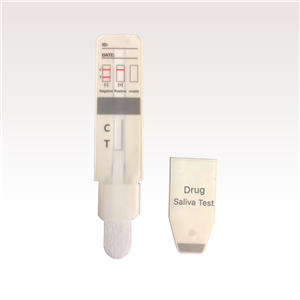Introduction to the production process and classification of gauze rolls
Gauze rolls are widely used in first aid dressing, not only for high frequency but also for good results. So everyone knows how gauze rolls are made? What are the classifications of gauze rolls? Let's take a look at the production process and classification of gauze rolls.
Gauze roll manufacturing process
The gauze roll is made up of a variety of fibers and is passed between two hot rolls for hot melt printing. One of the roller contact faces is a flat surface, and the other roller contact face is a pattern for printing hot melt. If it is sandwiched between two parallel plates, it is sandwiched between the hot water and the heat-shrinking temperature of the heat-dissipating fiber. The hot air is poured into the hole of the towel to preheat. The pre-heated mesh fabric is passed.
Then send another two parallel plates between and sandwiched. When the heating temperature is higher than that of the hot-melt fiber, the radiation is generated. The hot air or infrared rays align the holes on the plate at a fairly accurate angle. The heat-fusible fibers in the mesh fabric in the holes are shrunk, and a similar appearance occurs on the fabric. The pattern of seersucker, which forms a fairly good bulkiness and elasticity, and the use of this gauze roll for wound cleaning does not allow the forceps to come into contact with the wound, thus avoiding infection.
Although gauze rolls have a high proportion of hydrophobic hot-melt fibers, their liquid absorption is unexpectedly high, so it is especially suitable for blood-sucking materials as well as scrubbing wounds and compresses, etc., while gauze rolls can also be applied to diapers and hygiene. Towels and other products.

Introduction to the classification of gauze rolls
The gauze roll substrate is medical absorbent gauze, and the regular gauze roll should be soft, odorless, tasteless, and folded flat, without burrs or burrs. Gauze rolls can be divided into ordinary skim gauze rolls and sewing skim gauze rolls according to their different forms of use;
According to the state of delivery, it can be divided into sterile gauze rolls and non-sterile gauze rolls.
When using it on weekdays, remember that the dressing should not be excessively applied, so that the gauze is likely to stick to the wound. If the wound is good, it will stick up. It is not easy to remove. In addition, try not to touch the water when using the gauze roll.
The above is about the production process and classification of gauze rolls. I hope everyone can understand the production process and classification of gauze rolls, which will help everyone.




